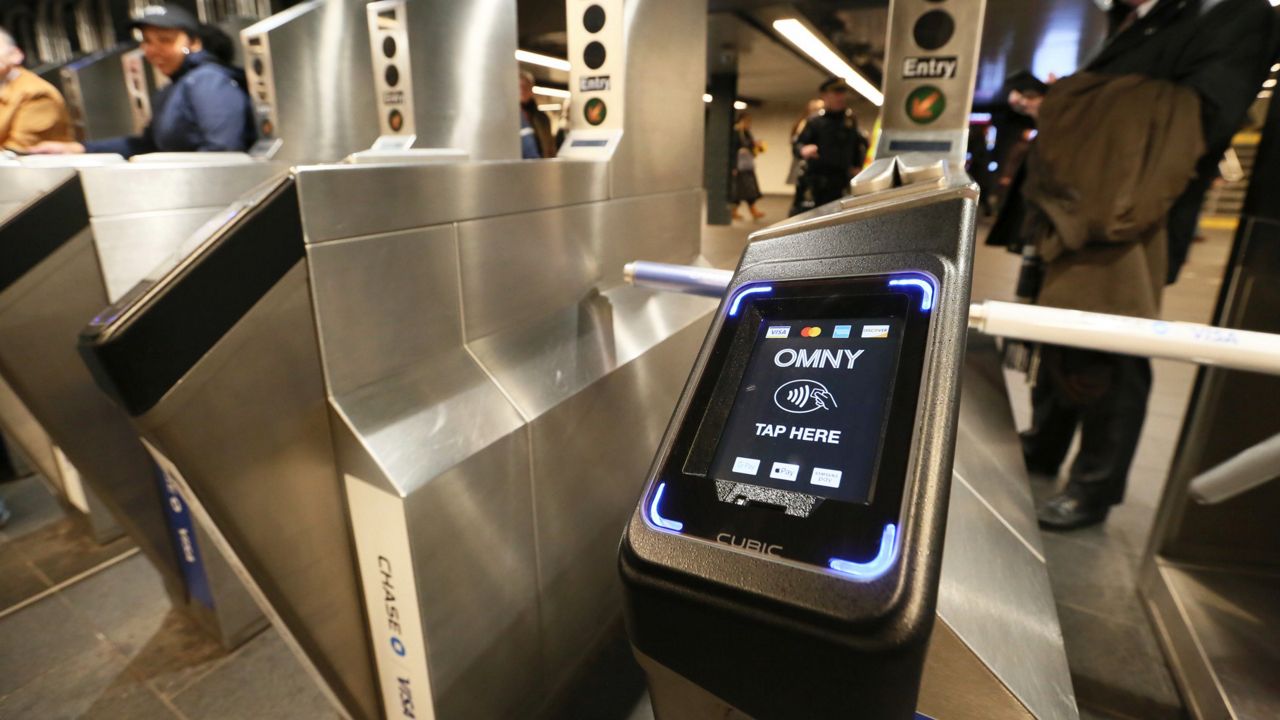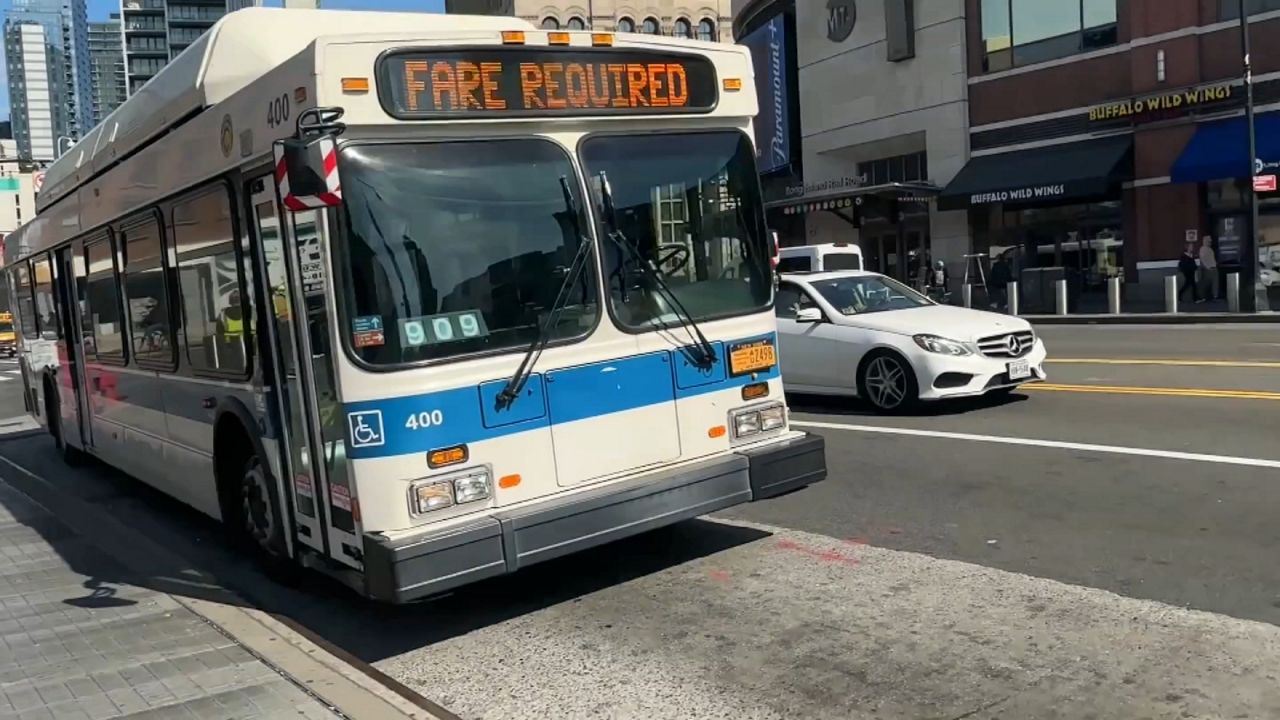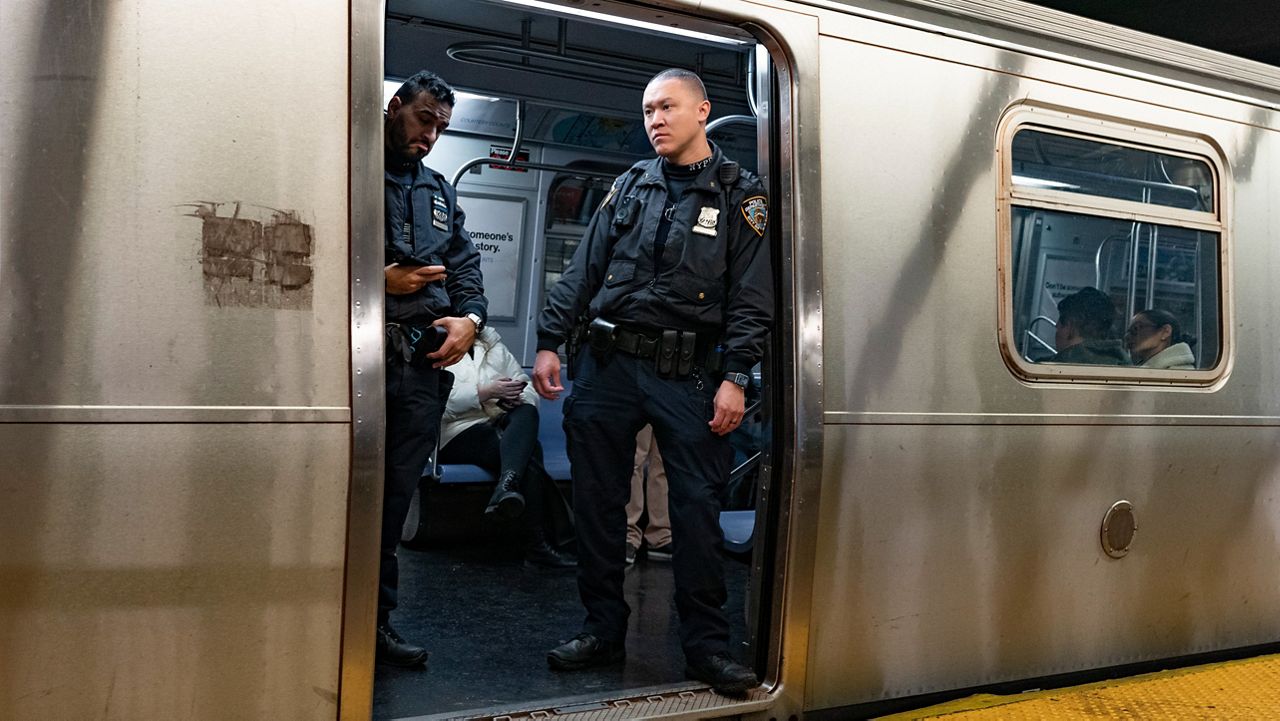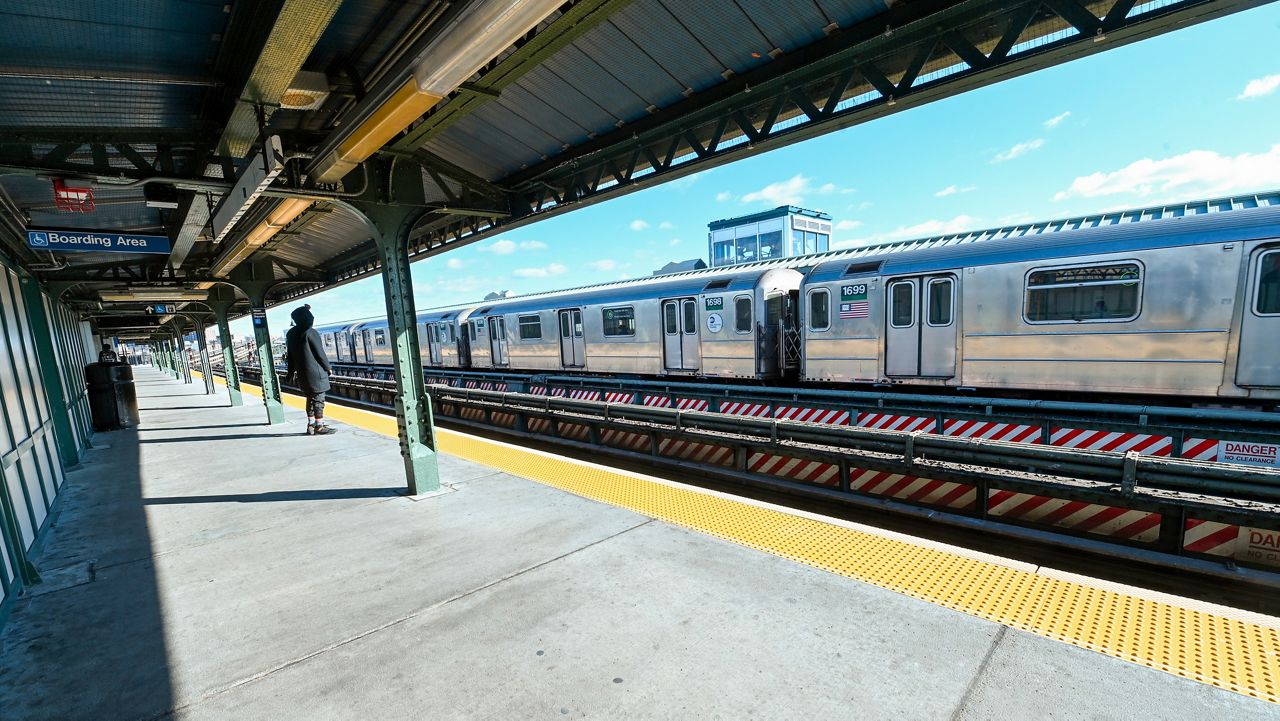Signal problems often force subway riders to switch up their rush hour routines.
"If there's a signal problem between an express and a local, you're able to kind of offset one against the other. So depending on if you can do that, the impact is not as much, however, it's still an issue that we need to think about," said regular subway rider Terrance Paulin.
Transit advocates crunched MTA data and found just how common signal problems are.
According to the report, one or more signals malfunctioned in 78 percent of all morning rush hours last year.
In 2018, the report says it was even worse, with at least one signal problem occurring 92 percent of the time.
"Signal problems are among the most persistent issues on the subway and they cause an especial amount of anxiety and frustration,” said Danny Pearlstein of Riders Alliance. “Our subway signals rely on technology from the 1930s on vast parts of the subway system."
The MTA says the report is misleading, given the system has 11,000 signals, more than 20 lines and thousands of train trips each morning.
The agency adds that the real story is how much signal problems are declining, thanks in part to a nearly $850 million repair blitz that began two and a half years ago.
According to the MTA's latest figures, the number of trains delayed by signal problems dropped to 4,287 in October, compared to nearly 6,000 a year earlier.
The MTA plans to spend more than $7 billion to put in computerized signal systems in six lines over the next five years, but transit advocates say they need a hard timeline from the MTA.
"All of this information that we're asking for today is to build more confidence with riders that the MTA can actually pull off this major undertaking," said Colin Wright of Transit Center.
The MTA is making progress on its effort to upgrade signals on the next two subway lines, the Queens Boulevard line that carries the E, F, M and R trains, and the 8th Avenue line that run the A, C and E trains.









